How Confluent Are Your Cells? A Beginner’s Guide to Measuring Cell Culture Confluency
Cell confluency can affect cell behavior and growth. Find out what confluency is, how to measure it, and why it is a crucial consideration for your experiments.
Join Us
Sign up for our feature-packed newsletter today to ensure you get the latest expert help and advice to level up your lab work.
Search below to delve into the Bitesize Bio archive. Here, you’ll find over two decades of the best articles, live events, podcasts, and resources, created by real experts and passionate mentors, to help you improve as a bioscientist. Whether you’re looking to learn something new or dig deep into a topic, you’ll find trustworthy, human-crafted content that’s ready to inspire and guide you.

Cell confluency can affect cell behavior and growth. Find out what confluency is, how to measure it, and why it is a crucial consideration for your experiments.

NMR can generate tons of useful data for protein samples. Learn all about NMR and Protein Dimerization in this easy intro.

It pays dividends to think creatively about your research. Here are 8 tips to supercharge creativity in science and ensure a great environment to help your imagination flourish.

Are you looking to improve your lab work, publication record, and grant success rate? Then read our guide to feedback—what it is, where it should come from, and how to give it to others.

You don’t have to be a genius to understand Cryo-EM. Discover the fundamentals of this powerful microscopy tool and what propelled it into the scientific mainstream.

Circular dichroism is a type of spectroscopy that can tell you the type and percentage of secondary structure units in a protein sample. Here are 5 handy pointers on best circular dichroism practice to set up your experiment properly.

Getting science research grants is becoming increasingly competitive and difficult. Read our top tips to maximize your chances of success.

We’ll show you how to make a DIY stock of chemically competent E. coli, the workhorse in the molecular biology laboratory.

PubCrawler automatically searches PubMed and GenBank for queries that you specify, and emails you the results, helping you stay on top of your literature searches.

How do you make sure that the crystals you have grown are of your target protein? Can you tell salt and protein crystals apart without using X-ray diffraction? Yes, you can. Read on to discover five easy ways to distinguish between salt and protein crystals.

Ion-exchange chromatography is used to separate and purify proteins based on net charge at a particular pH. Here are the basics about this technique.

Do you need a way to estimate the molecular weight of a sample or protein? We walk you through one simple solution using a gel filtration chromatogram.

Messing up the initial calculations in your experiment is setting yourself up for failure. Here is a quick refresh on calculating the number of molecules in any DNA sample.

New to qPCR? Here’s a quick summary of one of the two most common analysis methods – double delta Ct analysis.

Performing successful experiments is a crucial skill for scientists. We’ve rounded up our top tips to help you achieve perfect procedures!

I was so excited to start using 384-well plates for my assays. With so many wells, these plates are useful for testing many conditions in parallel, as required in ELISAs, siRNA library screens, and drug treatment dilutions. However, I quickly learned that pipetting in these plates is more complicated than I thought. This article contains…

Imagine directly creating a mutation at (almost) any site in your target genome instead of screening thousands or millions of random mutants! The CRISPR/Cas9 system does just that. In its traditional form, this forward genetics approach takes 7 steps from start to mutated genome. However, there is a way to obtain your designer genome in…
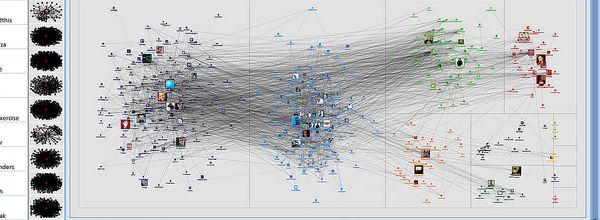
Once upon a time, I thought reproducible research meant if someone else showed X in a paper, then I should be able to get X in my experiment. However, this actually refers to replication, an important but separate concept. Reproducible research is data analysis that starts with the raw data and arrives at the same…
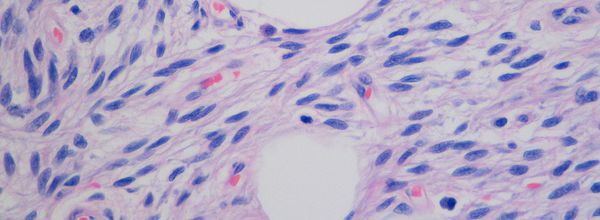
In my previous article I discussed steps you can implement to ensure that a sample is ready for cell sorting. But now it’s time to make sure the sort worked. Here are a few sorting checks and measures to ensure that all’s well that ends well. Post-sorting Checks and Measures Re-evaluate Your Catch Tubes Sorting…
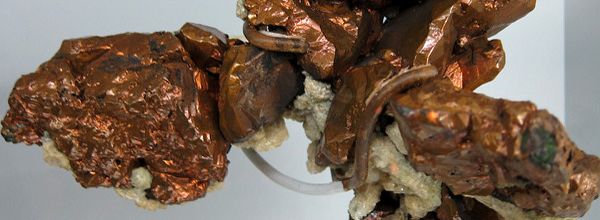
The first thing one might notice when working with metallo-proteins is that they offer unique, colorful reactions. These colorful reactions are based not only on the metal, but the ligand, or coordinating molecules. Approximately 80% of proteins contain inorganic cofactors like iron (Fe) and copper (Cu) metals necessary to catalyze a reaction. Understanding how these…
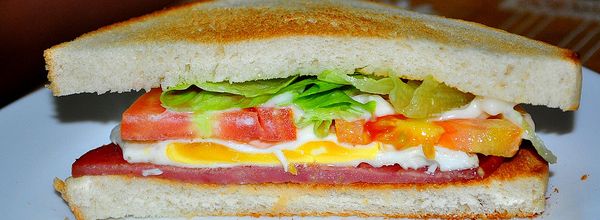
How time flies. One day you are giving your first presentation in front of your fellow students, seemingly the next you are listening to a presentation by your own student. And frankly, the talk is awful. It’s twice the time limit, the student weaves around the topic as a drunken sailor, and she acknowledges her…

Pulling an over-nighter is a common theme for many of my college friends. I, however, like my sleep—particularly between midnight and 7 am. Therefore, I tend not to stay up late to study and avoided jobs that required me to work a night shift. Then, I went to grad school and had to put in…

Purchasing a microscope camera is one of the most daunting tasks you might have to undertake. Before you set out to buy that camera, carefully consider your applications. Things like sample brightness or the speed of the phenomenon you are trying to capture can dictate your choices. Also, this is the time to make peace…

PCR was actually one of the first lab techniques I learned as an undergrad. Despite being sometimes labeled as a pretty basic lab skill, PCR doesn’t always work as expected. This “fickle” success is due to small details or hidden hazards within the PCR workflow that can cause your seemingly uncomplicated experiment to fail. This…

Are you finishing up your PhD and starting to think about the next step? It can be overwhelming to consider all of the personal and professional aspects involved in deciding and beginning this next stage of your career journey. With personal perspective from someone who has been there, here are some tips on how you…

Flow cytometry is fast evolving from a method only revered by immunologists, to one used by nearly every biological specialty. It’s pretty much my favorite tool. Unfortunately, as with most lab techniques, much of flow cytometry is taught on the job without a lot of standards. And too often bad habits are passed along like…
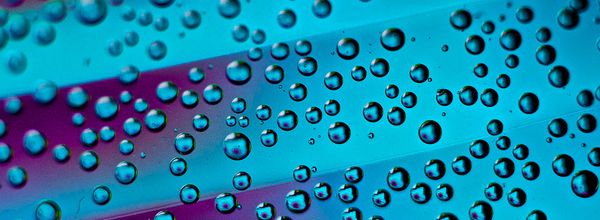
Bubbles isn’t just the name of my favorite cartoon character from Power Puff girls, or just the best activity for a kid to play with, in general. In my adult world, they stand for a whole lot more, but can still cause extreme emotions. At the lab bench, seeing bubbles brings happiness or sadness depending…
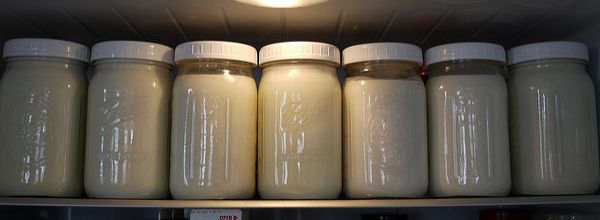
When you think about having a baby, you picture all kinds of things. The good: cute baby clothes, new baby smell, unlimited cuddles. The bad: sleepless nights, bodily fluids, being on-call 24-7. You probably also give some thought to coming back to work. You planned out your maternity leave, paid or not, and figured out…
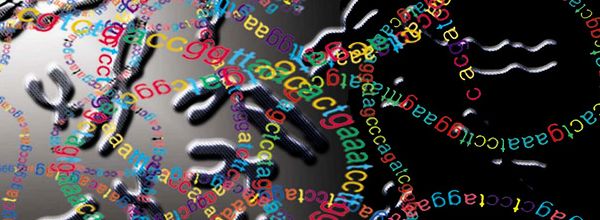
NGS is not a three-headed monster. However, it can be a difficult concept to grasp—especially when you are getting started. There is a lot of new terminology, and a whole new world to discover: both in the lab bench and in interpreting your results. It helps to start somewhere. So, let’s start! Depth of Coverage…
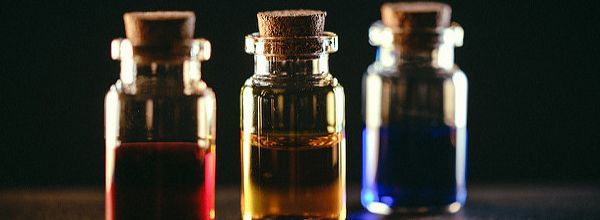
Your reagents should do ‘Exactly what they say on the tin.’ This only happens though if you look after them in the way the manufacturer states on their data sheets. We have all been guilty of using reagents past their expiration date. Usually we can get away with it, but there are a few things…

Droplet digital PCR? It’s easy. Because we’re here to guide you through it. We recently introduced you to the principles of digital PCR technology and how it differs from qPCR. In a nutshell, digital PCR is an end-point PCR technology that divides a single PCR into a large number of partitions, and then perform PCR…
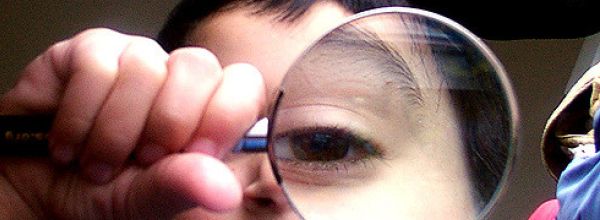
We all know that genes encode proteins that make up a living cell. However, the level and coordination of gene expression is really the key to the success of a living cell. One way eukaryotic cells (that’s us!) control protein expression is through addition of a methyl or hydroxymethyl group on the cytosine nucleotide. This…

There are many different methods and protocols on making your PCR run more efficiently. I recently came across an interesting PCR method called “nanoparticle” PCR. This method seems to attract a lot of attention, because it enhances a PCR by a few orders of magnitude. More interestingly, while the enhancement effect has been reported in a…

Advocating for the research that scientists perform is important. Your advocacy helps politicians and the general public understand why funding is needed. In fact, many funding agencies require a disease to be associated with the research, because citizens and politicians do not typically care to fund projects unless they foresee a cure or treatment. Scientific advocacy…

It is never too late to take proactive measures to protect your research budget in the event of a funding lapse.
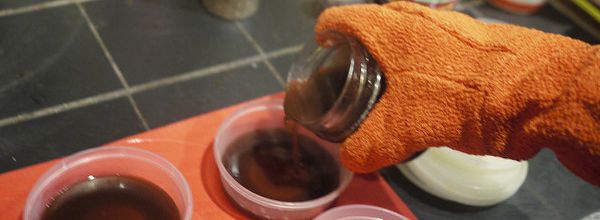
Every lab has a culture, a vibe of its own. Nowhere does the distinct character of the lab become most apparent than the way in which the lab chooses to pour agar plates. You may have heard or been told to pour plates at some point in your lab career. These “plates” could be called…

As a researcher, it’s satisfying to manage your own projects and do the bench work yourself. After all, if you don’t have experience with a technique, you’re usually expected to figure it out (with or without direct supervision). In some situations, dealing with difficult molecular techniques is simply part of the job description. The scientific…
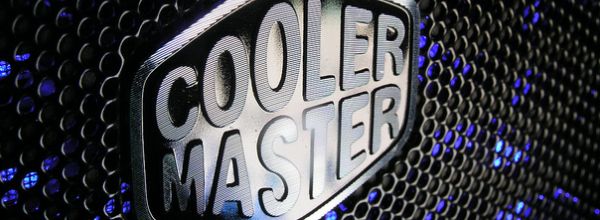
Tissue culture can sometimes seem like a black art. Too careful—your cells go down. Not careful enough—your cells go down. A butterfly flutters its wings in the middle of the Atlantic Ocean—your cells go down. It’s annoying, it’s frustrating, and there are times (and I’m speaking from personal experience here) that you’ll end up chucking…
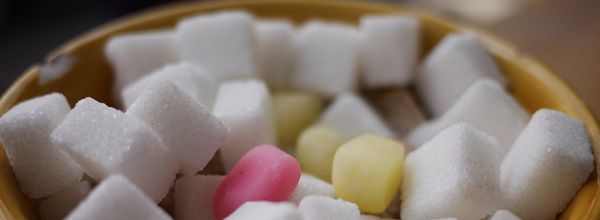
You might have come across protein glycosylation before. Somewhere in the recesses of your memory you might even recall reading something about the protein you’re studying being glycosylated, but what does this mean and how do you analyze it? Glycosylated proteins are molecules decorated with sugar groups as they pass through the ER and Golgi…

There are those of us who began our careers literally in the dark. Yes, there was a time and not that long ago, that all figures had to be on film. Slide presentations were slides. Micrographs were, well, micrographs on film. Figure creation involved several steps: figures for publications had to be mocked up; then…

The eBook with top tips from our Researcher community.